SAFE: Strategies Aiming at Effective Fire Evacuation in Highrise Residential Buildings
The Strategies Aiming at Effective Fire Evacuation in High-Rise Residential Buildings (SAFE) project aims to establish the most effective evacuation methods, interaction and decision-making between residents and firefighters during fire evacuations.
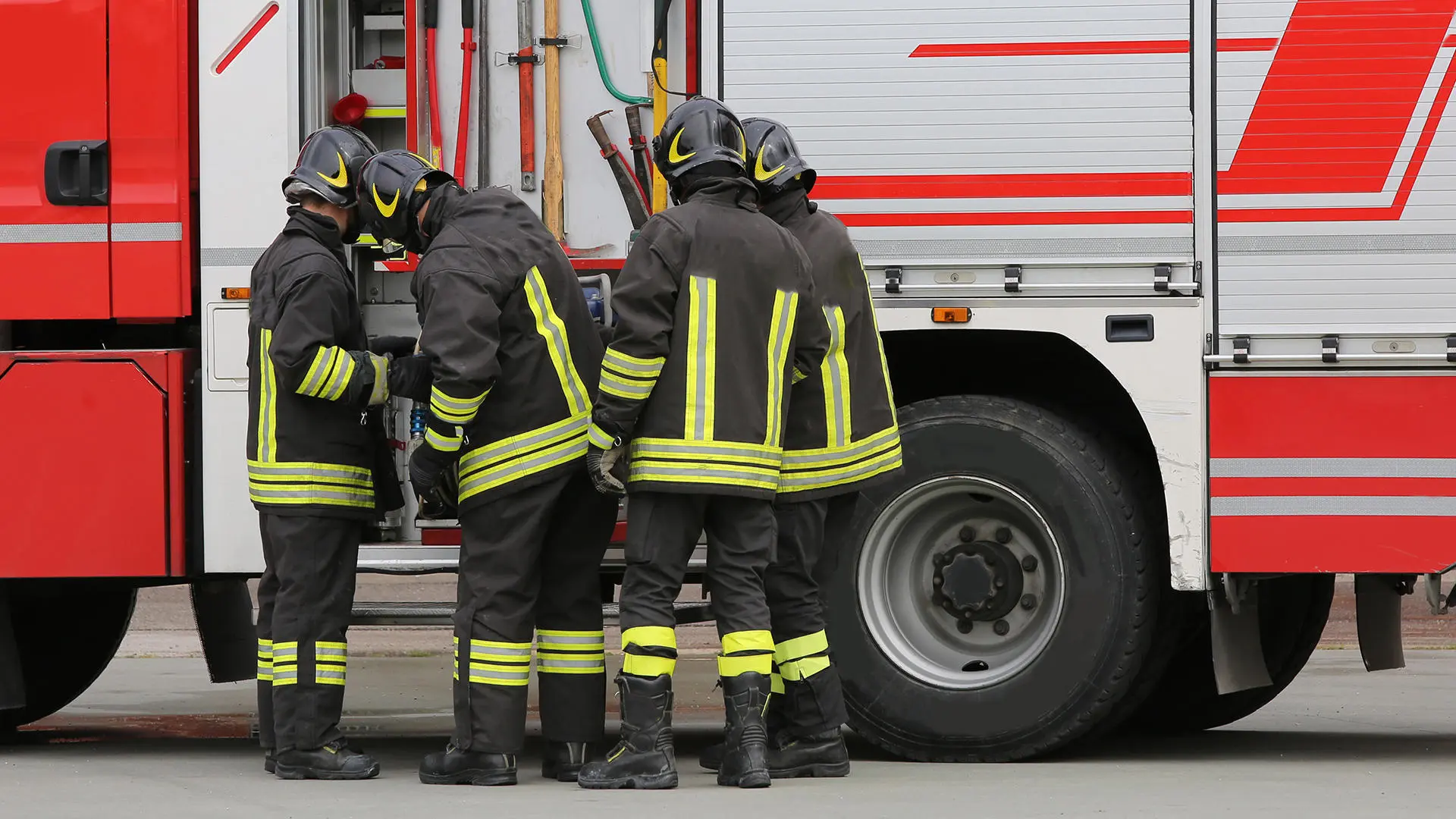

- James Fowler (PI)
- Shephard Ndlovu (co-PI)
- Dr Eleni Asimakopoulou (co-I)
- Prof Champika Lasanthi (co-I)
- Tracy Bradford (co-I)
- Dr Khalid Khan (co-I)
- Dr Tony Graham (co-I)
- Gabriel Ernesto Castelblanco
- Efthymia Koliokosta
- Sotirios Oikonomou
As the world population grows and the demand for space increases, vertical living, and the construction of high-rise residential buildings (HRRB) is an urgent need. The design of HRRB can be very challenging, as apart from the aesthetics, durability and stability of the building, engineers have also to take seriously into account fire safety issues.
The Strategies Aiming at Effective Fire Evacuation in High Residential Buildings (SAFE) project aims to establish the most effective methods of evacuating High-Rise Residential Buildings (HRRB). It focuses on how residents and firefighters interact and make decisions about evacuation in a fire situation. The SAFE project is funded by the Home Office. The research team designed and will deliver research and operational strategy testing, aiming to answer research questions to address recommendation 1 of the Grenfell Tower Phase 1 report.
In that frame, the SAFE research strategy involves a mixed methodology that will help the government develop national guidelines to be used in evacuation procedures of HRRB. Emphasis is given to the means of protection and evacuation procedures for people who are unable to use the stairs in an emergency or who may require assistance (such as disabled people, older people, and young children). Based on the needs and the existing scientific gaps, the SAFE operational research will seek to establish the most effective methods of evacuating apartment blocks and taking into consideration the behaviour of the occupants during fire evacuations, the dynamic role of firefighters and fire commanders in crucial decision making in fire emergencies in HRRB as well as the contribution of building managers in maximizing the effectiveness of the evacuation strategies and mitigating the risks of fire occurrences. The project consists of two Phases.
Phase 1 involves a widescale interview and questionnaire analysis, this will yield data and information that will feed into a decision-based model. During Phase 1 a structured and rigorous gathering of evidence was performed that enabled the assessment of procedures and processes to establish the optimum operational response in the event of there being a need for a move from stay-put to full or partial evacuation. To ensure that holistic views were taken into consideration when developing guidelines for fire evacuation and operational strategies, a literature review was conducted and both primary and secondary data are collected through group interviews and questionnaires with occupants, firefighters, building managers, and control room operators. The research team worked alongside the National Fire Chiefs Council (NFCC) engaging with professional firefighters of varying levels of experience from high-rise building fires from a range of geographical areas. The research team also engaged with building managers, occupants with vulnerabilities, and responsible persons to better understand evidence and experience of the practicalities of evacuation methods. Based on insight from the evidence gathering in Phase 1, a range of evacuation strategies were devised and tested in Phase 2 of the research.
This May 2022, the UCLan research team conducted a series of evacuation exercises as part of Phase 2 of the SAFE project aiming to improve evacuation procedures from HRRB in the event of a fire incident. More than 250 volunteers supported the tower block evacuation exercises at Hereford House in London acting as residents during the exercises and refreshments were provided by the Salvation Army. The research team will seek to establish the most effective methods of evacuating HRRB and is focusing on how occupants and firefighters/officers behave and make decisions about evacuation in a fire situation. The strategies tested were based on the evidence gathered from Phase 1 of the research and the key objectives of the testing included the understanding of the efficiency of the HRRB emergency evacuation procedures and operational techniques. Also, to develop an understanding on how residents’ vulnerabilities impact evacuation strategies.
Research results will feed into the National Research linked to the Grenfell Tower Inquiry. Shephard Ndlovu presented as a keynote speaker some preliminary findings of the SAFE research at the Tall Buildings Fire Safety Conference in London Wednesday the 18 of May 2022.
Home Office releases study findings from the SAFE project
The Home Office published a comprehensive report in February 2024 summarising the outcomes of live evacuation testing research conducted by the University of Central Lancashire.
Read moreGallery01 / 05
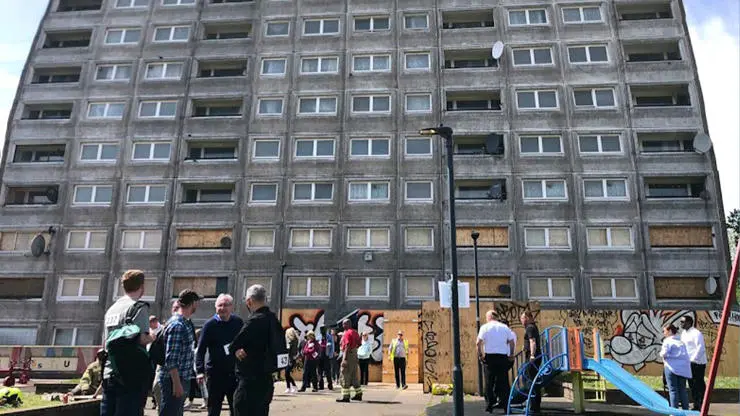
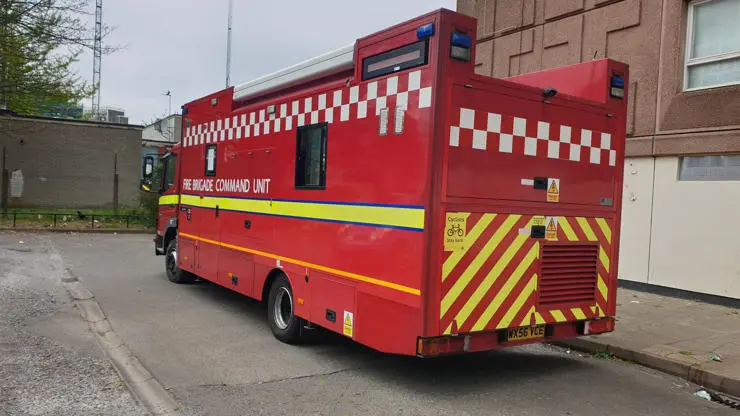
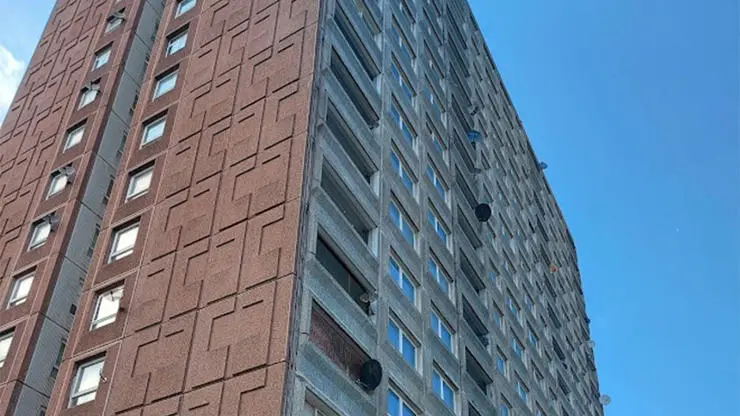
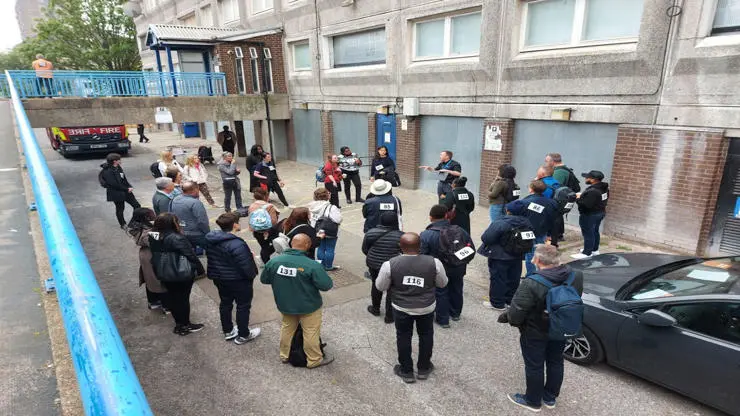
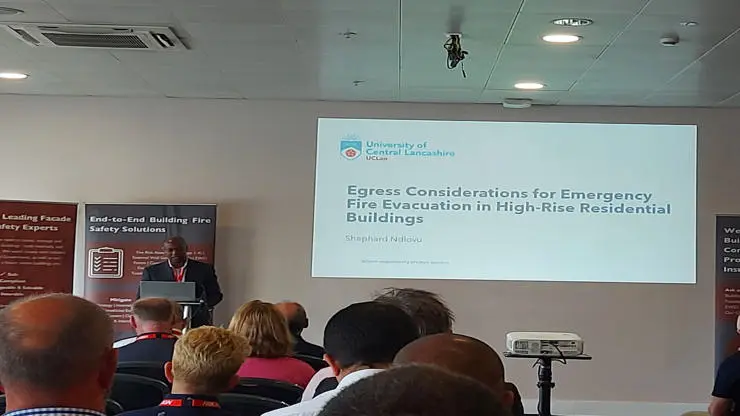
Impact
- Help the government develop national guidelines to be used in evacuation procedures of high-rise residential buildings (HRRB).
- Emphasis on means of protection and evacuation procedures for people who are unable to use the stairs in an emergency or who may require assistance (such as disabled people, older people, and young children).
